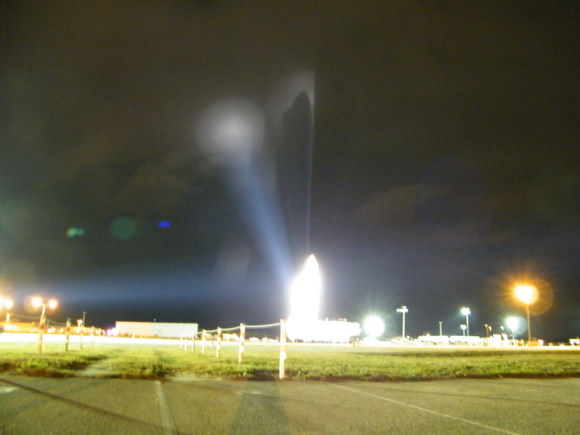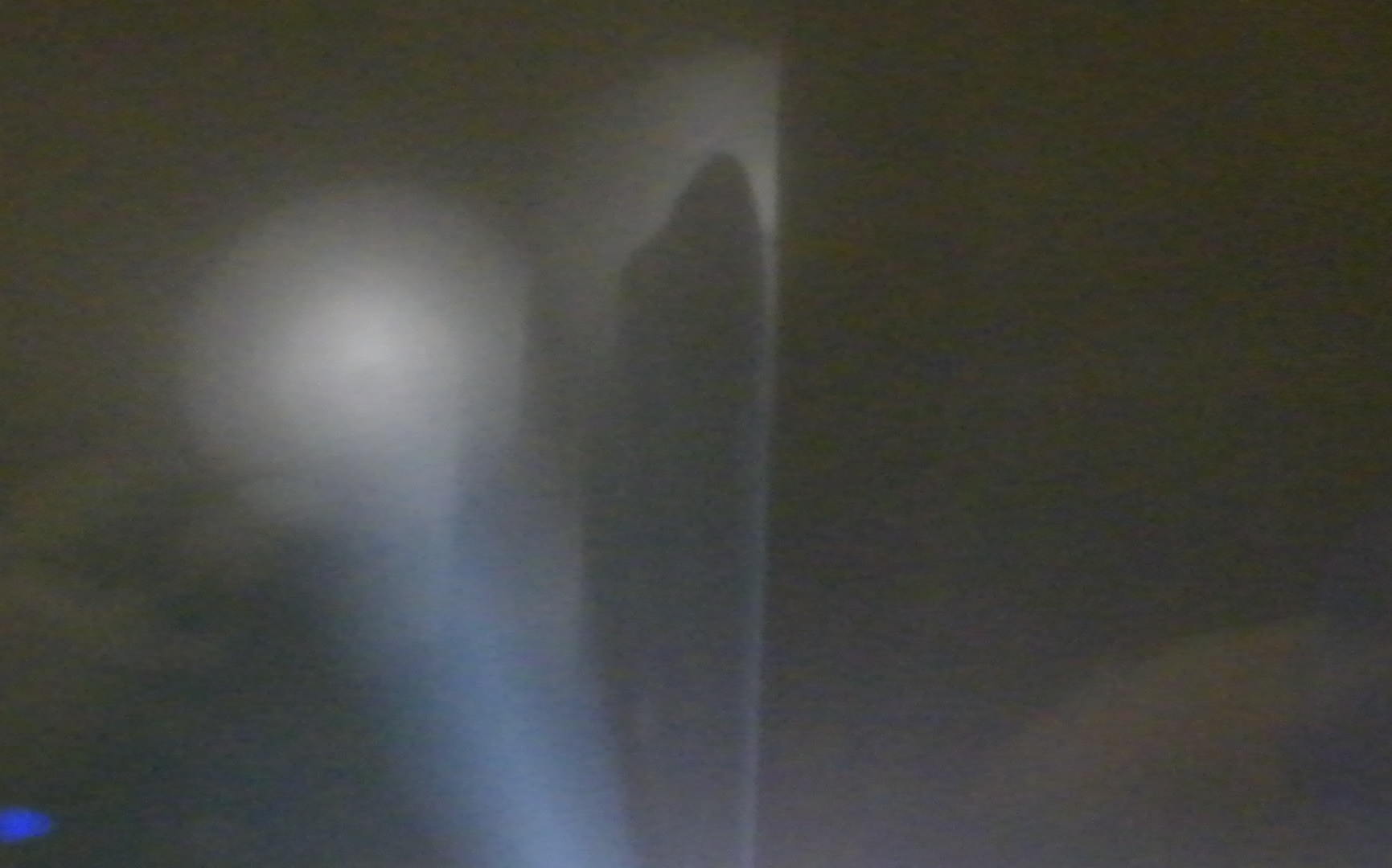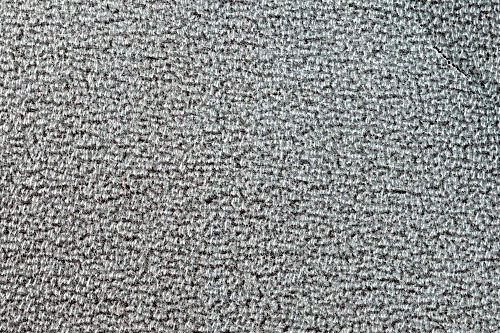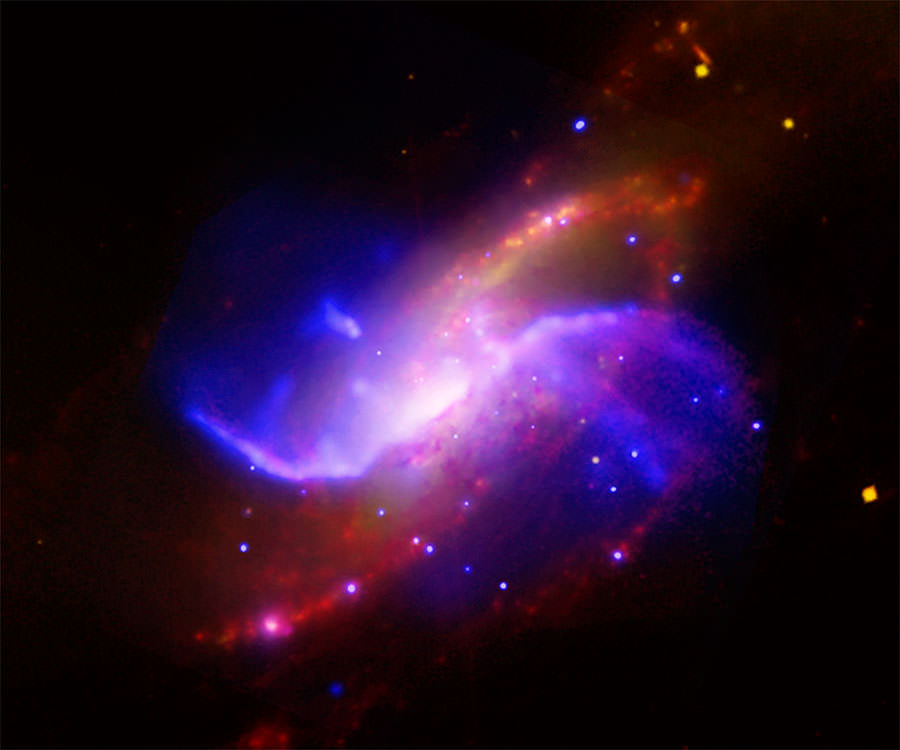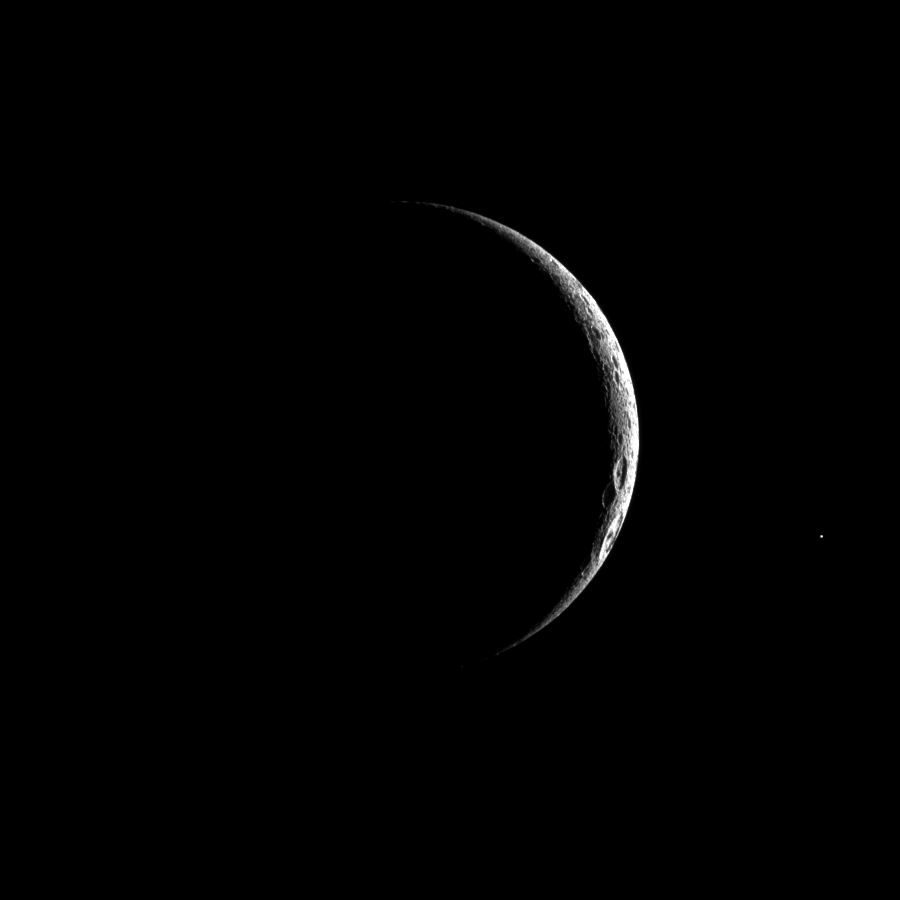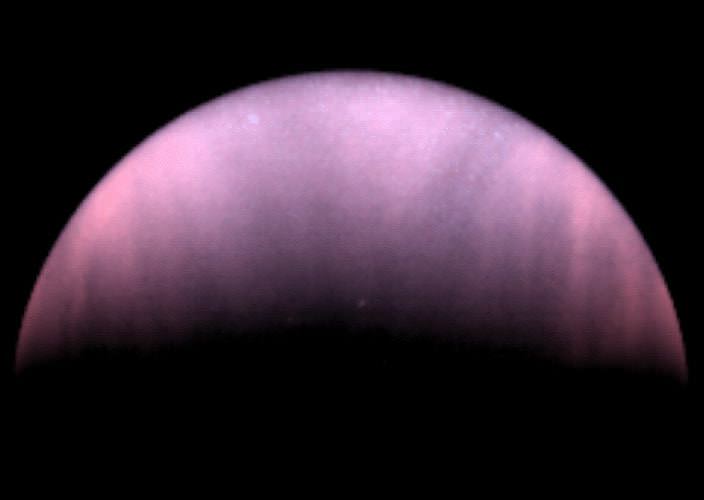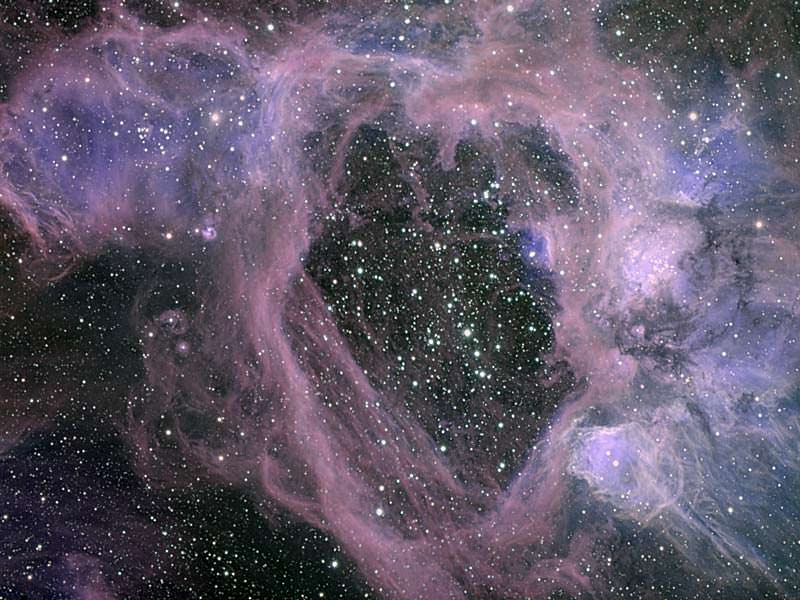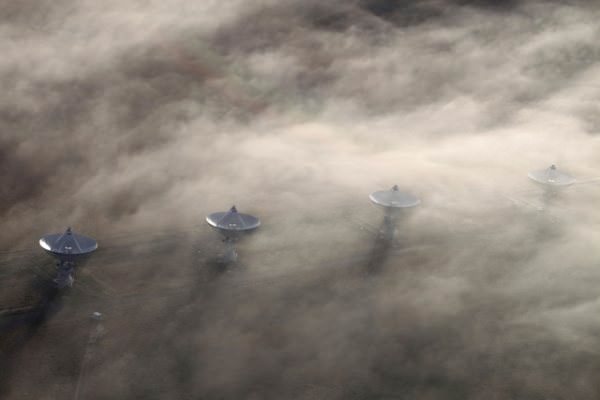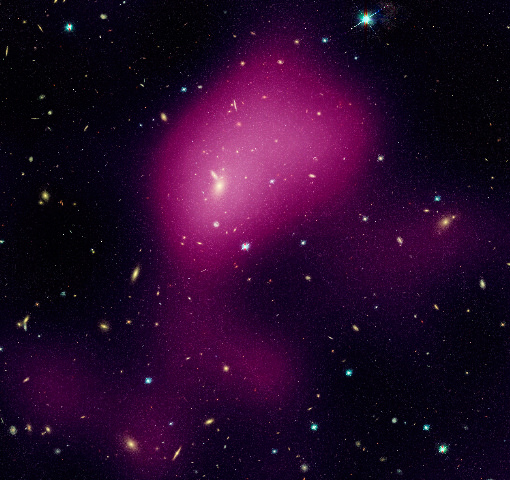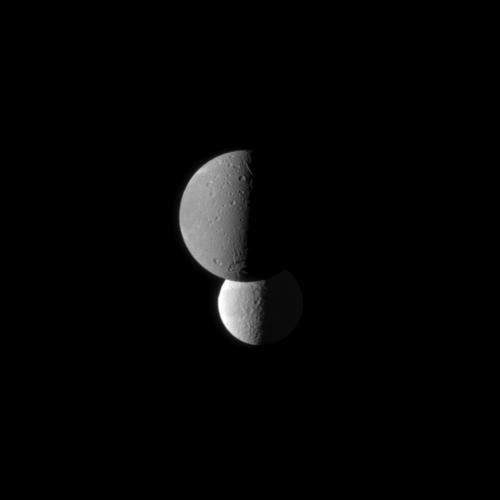Here’s this week’s image for the Where In The Universe Challenge, to test your visual knowledge of the cosmos. You know what to do: take a look at this image and see if you can determine where in the universe this image is from; give yourself extra points if you can name the instrument responsible for the image. We’ll provide the image today, but won’t reveal the answer until later this week. This gives you a chance to mull over the image and provide your answer/guess in the comment section. Please, no links or extensive explanations of what you think this is — give everyone the chance to guess.
UPDATE: Answer has been posted below.
This week’s WITU challenge image was a cropped version of an image I took in March 2010 of space shuttle Discovery during a midnight rollout to the launchpad. A unique silhouette shadow formed up in the clouds from the Xenon lights shining of the shuttle stack. The effect only lasted a short time, but I was able to capture it with my Fuji Finepix S2000. Here is the full image, below, which was featured on the popular Astronomy Picture of the Day website this week. I’m usually known for my words and not my pictures, so it was an honor to have an image I took posted on such a well-regarded website.
You can read the full story about how I captured the image on my personal blog, and see more images of the shadow, some of which I think might be better than this one, however the effect is more subtle.
You all made me feel very good that so many of you recognized this week’s WITU as my APOD image!
